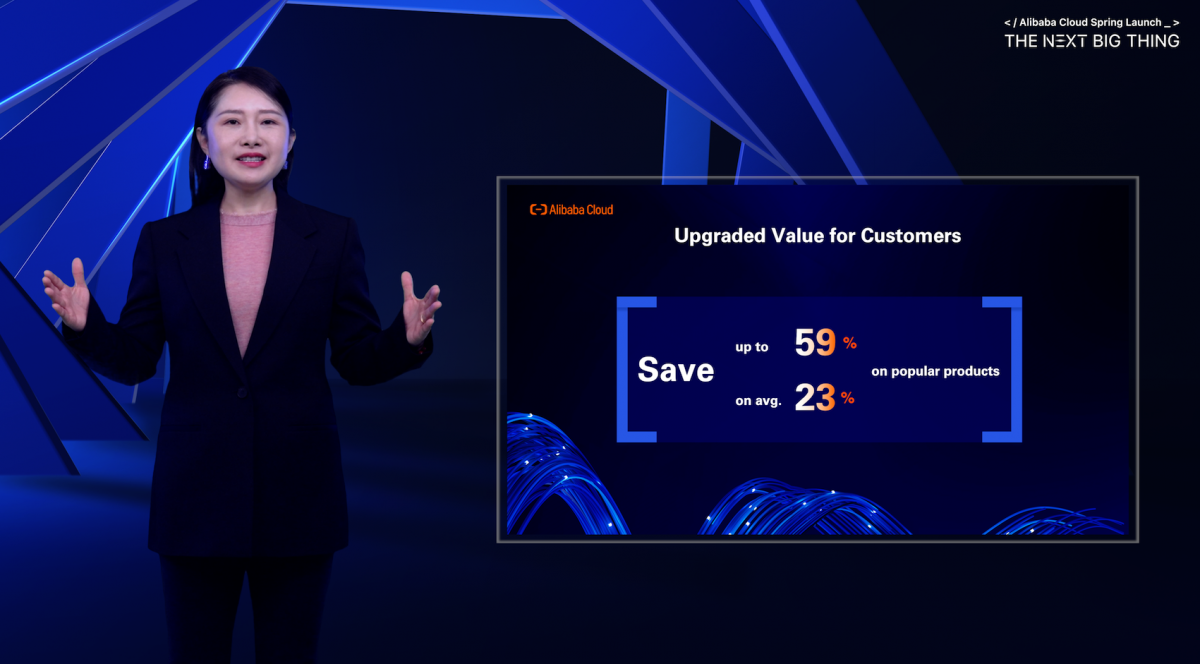
AliExpress, Alibaba Group’s global online shopping marketplace, is celebrating a couple of significant milestones in the coming days. The site’s anniversary rolls around on April 10 (check out the video below), highlighting the fact that for five years we’ve been helping Chinese manufacturers, growing Chinese brands and wholesalers use the Internet to sell their products directly to overseas consumers. Milestone No. 2 is our unveiling today of a new logowith the tagline “Smarter Shopping, Better Living”that will carry us into the next five years.
Anniversaries are great for looking back, but cross-border shopping is growing too fast–AliExpress has grown GMV by at least 300 percent every year since its debut in 2010–for us to spend time reflecting on accomplishments.Global markets and consumer tastes are constantly changing, and AliExpress is continually adopting new priorities to help make international B2C (Business-to-Consumer) trade more effective and efficient for sellers and more satisfying for adventurous online shoppers who buy on AliExpress. Here’s an update on major initiatives:
Helping Chinese Manufacturers Go Upmarket
As the world’s factory floor, China’s manufacturing sector has long been dominated by companies that labor in obscurity making products that are designed by other, better-known brands (think Apple and Samsung). Through AliExpress, however, these same OEMs (Original Equipment Manufacturers) and ODMs (Original Design Manufacturers) are able to sell their own designs and market their own brands directly to shoppers around the world, making inroads into overseas markets by tapping into AliExpress’s deep pool of consumers around the world and especially in emerging markets such as Brazil and Russia.
A good example of Chinese brands gaining worldwide exposure occurred in February with the global launch of ZTE’s Blade S6 smartphone on AliExpress. During the one-day promotion, 11,380 orders for the S6 were generated on AliExpress from consumers in 105 countries including Russia, Spain, Germany, France and Italy. More than 80 percent of S6 sales were to first-time AliExpress buyers, demonstrating the platform’s capabilities in introducing lesser-known but high-quality Chinese brands to consumers seeking alternatives to more familiar but pricier consumer electronics.
This kind of exposure can be of additional benefit to manufacturers. By selling directly to consumers on AliExpress, ZTE was able to get feedback from shoppers in many other countries. We channeled consumer opinion such as whatconsumers did and didn’t like about the S6 phone to ZTE soon after thelaunch.This information can help ZTE refine their products going forward and even help them tailorphone featuresforspecificcountries.
In fact. direct interaction between buyer and manufacturer, known as C2B (Consumer-to-Business), can lead to the creation of innovative new products that might not have been imagined bycompaniestrying to guess the needs of foreign consumers in unfamiliar markets. For example,awhile backa manufacturer selling on AliExpress began production of a water-proof wig just one week after an American consumer discovered that the hair in the wig that she purchased from the manufacturer fell out when she swam. She complained, and the manufacturer quickly created a product to make her, and possibly many others, happy. Not only that, by making goods almost on demand, Chinese manufacturers can save on the costs of storing and disposing of inventory that turns out to be less popular than sales projections.
Improving Delivery Speed
It’s no secret that shipping from Chinese factories to individual customers in faraway countries can result in relatively lengthy delivery times. To help cut the wait, AliExpress is pressing ahead with its recruitment of Chinese trading companies that operate warehouses in overseas markets. We hope to connect these experienced international wholesalers with domestic manufacturers that don’t have the logistics infrastructure or expertise to sell overseas. These wholesalers will be able to hold inventory in their overseas warehouses and deliver orders directly to consumers in foreign countries who buy on AliExpress. We reckon this is a win-win-win, since consumers will see shorter delivery times, while wholesalers and manufacturers will be able to enter new B2C markets.
Mobile Shopping
On April 2, AliExpress will launch a new version of its mobile-shopping app that will offer local languages and functions tailored to local usage.This 4.0 version of the AliExpress app has an improved user interface, offering a more intuitive and visual shopping experience regardless of the country in which it is being used.
In addition, Alibaba Group-owned AliExpress has teamed up with a sister company, UCWeb, on a program that is expected to drive greater adoption of the AliExpress app through the latter’s international affiliate-marketing platform. UCWeb, an Alibaba Group subsidiary that makes China’s leading mobile web browser, operates UC Union, a mobile traffic networkthat can deliver marketing messages to 500 million global users via smartphones and other mobile devices. This joint promotion between AliExpress and UCWeb, the first of its kind,aims tospread the AliExpress mobile shopping app in important markets including the U.S., Russia, Indonesia and Latin America.
These are just a few of the initiatives AliExpress has launched or is about to launch as it passes the five-year mark. We think these and other Internet-based efforts are bringing back the era of the Silk Road, bringing an abundance of high-quality Chinese products to foreign markets far more easily and cost-effectively than ever before. Maybe when AliExpress celebrates its 10-year anniversary, we’ll be calling it the e-Silk Road.




